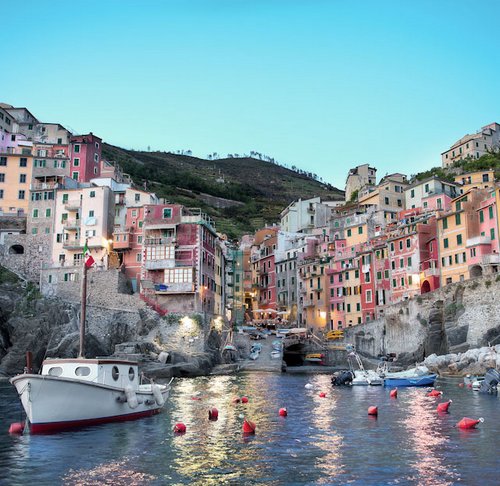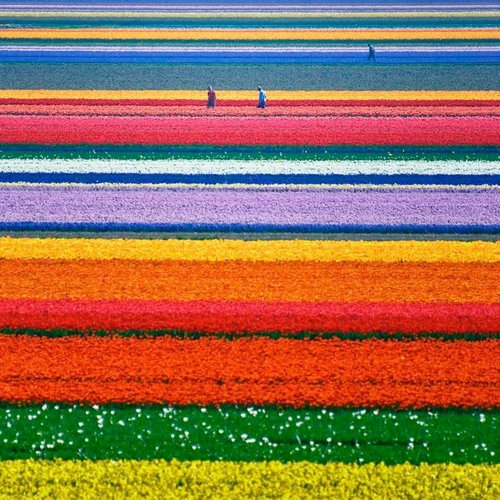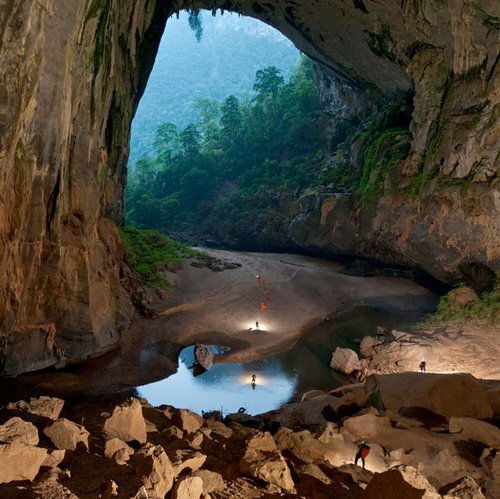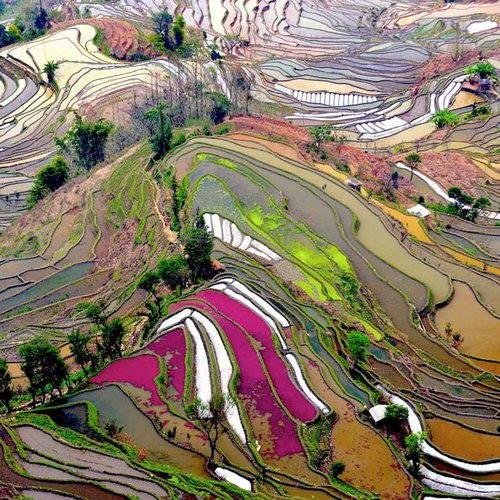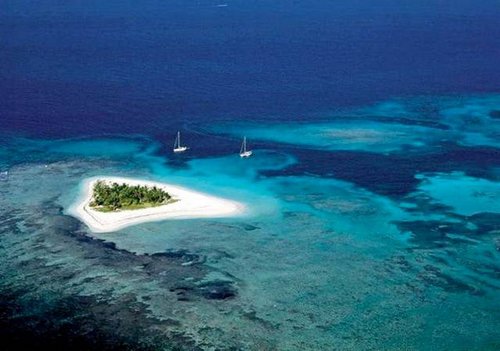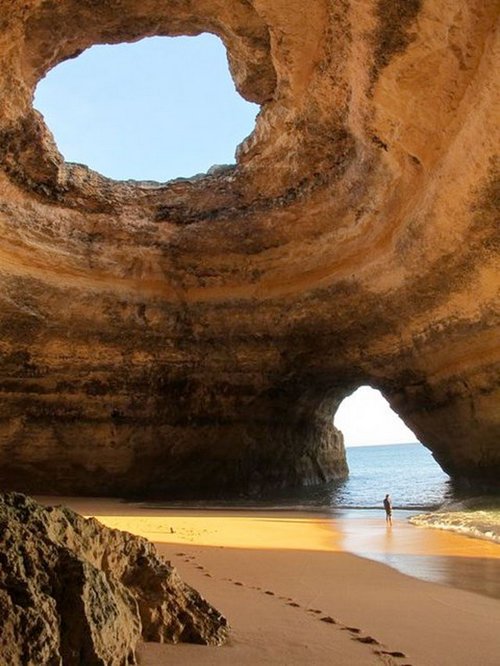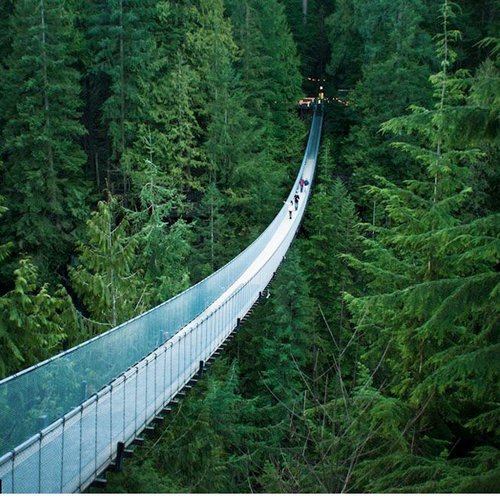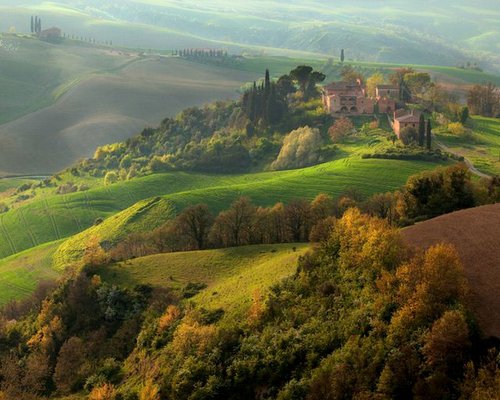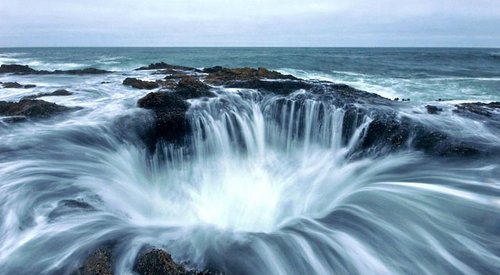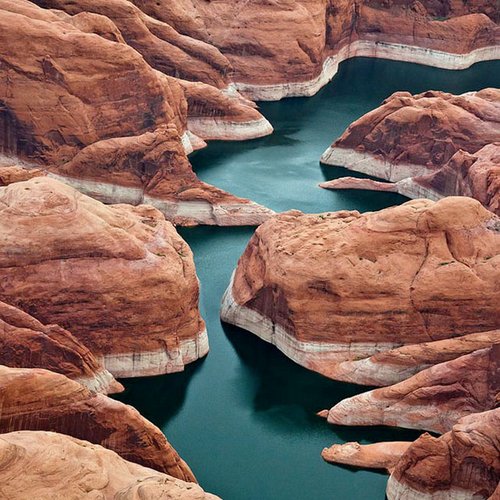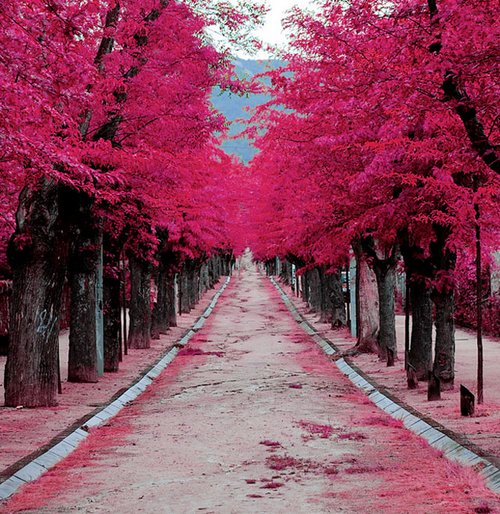
travelChaCha.com is a leading Indian travel agent and tour operator providing unparalleled tour and travel packages that perfectly suit the budget traveler and holiday seeker. It is backed by superior technology and excellent customer service with unmatched convenience of 24×7 Online Hotel Reservations Guide which make it easier for travelers to make travel and vacation reservations at their finger tips.
Friday, 15 June 2012
Thursday, 14 June 2012
Jungfraujoch in Switzerland – Top of Europe

It’s a dream to scale the Alps, to be on top of
the world, to feel the chill of the icy glaciers, to take the highest ever
mountain railway in Europe and journey all the way up beyond 11,000 feet.
Welcome to Jungfraujoch in Switzerland.
Verdant valleys with a distant view of the
snow-capped Bernese Alps, frozen little blue streams and tall conifer trees
rushing past you - your journey to Jungfraujoch, often referred to as the “Top
of Europe” begins from Interlaken in Switzerland.
The most spectacular aspect of this journey is
the Jungfraubahn cog railway that literally takes you right up the mountain to
the doorstep of peaks and glaciers. You can start from Grindelwald or
Lauterbrunnen and the fairy tale journey takes you up to Kleine Scheidegg and
then onwards to Jungfraujoch to the railway station, located at 11,320 feet.
Jungfrau in German means maiden or virgin and
this train journey stops only at two stations as you travel through tunnel built
inside the two mountains – Eiger and Mönch, mountains in Bernese Alps .While the train
does stop to give you spectacular views of Eiger, the other stop is at Eismeer,
which means sea of ice.

The doors open to glaciers as you can see the sun
streaming though the mountains. The three mountains on the ridge are Eiger, Mönch and Jungfraujoch and are often referred to as
the Ogre, the Monk and the Virgin. The entire journey
uphill took us a little less than an hour while the return was about 30 minutes.
This is my favourite view when I stepped out, the
blues, the whites and the stark contrast of it all. The Aletsch Glacier beckons
and despite the sun shining, I shiver even with layers of clothing and feel
excited about being on top of Europe.
Get Your Best Deals for Switzerland With US : ( CLICK HERE)
Labels:
International
Wednesday, 13 June 2012
The World's hottestplaces
Temperatures are soaring this summer and are reaching new
heights. Take a look at some of the hottest places around the world. This
summer has had people getting away from the searing temperatures and hitting hill stations and other relatively
cooler places with oodles of
sun-block in tow.
Some
places around the world have seen the hottest of summers. Sevilla, Spain has seen temperatures of 122 F (50 C) and
Oodnadatta, Australia reached 123.3
F (50.72 C). Another place in Israel called Tirat Zvi recorded temperatures of
129 F/53.9 C.
Rub’ Al Khali in Oman, Saudi Arabia is also a very hot place; this region is predominantly desert and is highly inhospitable for most vegetation and is sparsely populated. Death Valley, California has also recorded temperatures of 134 F/56.7 C. Death Valley hugs the border of California and Nevada and is home to a lot of vegetation and wildlife endemic to the region.
Al ’Aziziyah located in northwestern Libya is also a very hot place. Unlike many other hot regions this one is densely populated. On the other hand, Dasht-e-Lut in Iran is a salt desert, so the temperatures reach a searing 159 F/70.6 C. The salt desert also has regions that are covered with black volcano lava, which caters to more absorption of heat keeping the temperatures soaring at all times. The temperature is so hot rendering the place absolutely inhabitable not allowing any form of life to subsist here.
Rub’ Al Khali in Oman, Saudi Arabia is also a very hot place; this region is predominantly desert and is highly inhospitable for most vegetation and is sparsely populated. Death Valley, California has also recorded temperatures of 134 F/56.7 C. Death Valley hugs the border of California and Nevada and is home to a lot of vegetation and wildlife endemic to the region.
Al ’Aziziyah located in northwestern Libya is also a very hot place. Unlike many other hot regions this one is densely populated. On the other hand, Dasht-e-Lut in Iran is a salt desert, so the temperatures reach a searing 159 F/70.6 C. The salt desert also has regions that are covered with black volcano lava, which caters to more absorption of heat keeping the temperatures soaring at all times. The temperature is so hot rendering the place absolutely inhabitable not allowing any form of life to subsist here.
What’s
Your Plan This summer ?
Labels:
Weekend Trips
Tuesday, 12 June 2012
The mountain palace of Sri lanka (Lion Rock)
The
mountain palace of Sri lanka (Lion Rock)
Mountain Palace of Sigiriya Sigiriya (Lion Rock) –
is an ancient mountain fortress destroyed the remnants of the palace, situated
in central Matale district in Sri Lanka. The fortress is surrounded by the
remains of an extensive network of gardens, pools and other structures. This is
a popular touristdestination in Sri Lanka. Sigiriya is also known for its ancient
images-paintings. The fortress was built during the reign of King Kasap I (477
– 495 AD), and is one of the seven world heritage sites in Sri Lanka. We tried to find
as much information on this site and invite you to make a digression into the
history of Sigiriya and enjoy its beauty.
Nothing in Sri Lanka
captures the imagination more than a 200 meter lump of granite that rises
starkly above the flat central plains about three and a half hours' drive from Colombo.
Sigiriya (say
see-gih-REE-yah) has it all -- a blood-stained history full of intrigue,
astonishing frescos of bare-breasted maidens painted 15 centuries ago, a wall
covered in graffiti that is more than 1,000 years old and, to top it all, Asia's
oldest surviving landscape garden.
Dark deeds led
to the establishment of Sigiriya as the center of the ancient Sinhalese
Kingdom for a period of 18 years in the late 5th Century. The reign of King Dhatusena
came to an abrupt end in 477 A.D. when his throne was seized by Kasyapa, his son by a wife of
unequal birth. Kasyapa's action was prompted by the fear that his younger
half-brother Mogallan,
who was born of the anointed queen, would take over the throne. Kasyapa was
convinced that his father was hiding a cache of treasure from him, and demanded
that the King reveal where this wealth was hidden. Dhatusena took the young
usurper to the bund of the Kalawewa, the greatest of his irrigation works, below which lived a
venerable monk who had been his teacher and companion of many years. There, the
old King pointed, was the sum of all his wealth. In a fit of pique, Kasyapa
ordered the old man to be walled up alive and naked in his own tomb. Meanwhile,
Mogallan survived an assassination attempt by his brother and fled to India to
raise an army. Paranoia, arrogance and delusions of divinity drove Kasyapa to
leave the traditional Sinhalese capital of Anuradhapura and construct his
palace on the peak of Sigiriya Rock, a perfect lookout which could be easily defended;
a huge lion was carved out of the rock. Seven years after ascending the throne,
he moved into his
Visitors to the
palace entered via a stone stairway that took them into the lion's mouth and
through its throat -- hence Sigiriya's alternative name, "Lion Rock." Only the
lion's massive paws remain today, but they indicate how gigantic the rest of
the carving must have been. A new stairway has been attached to the side of the
rock to allow access to the summit, enabling visitors to stroll around the
ruins of the palace and gasp at the panoramic views. Two water tanks, used for
bathing and drinking, still fill with rain water, but in Kasyapa's day a
sophisticated pumping system was used to fill the tanks from a lake at the foot
of the rock.
Sigiriya is
approached from the west over a moat that encloses an elaborate water garden
that runs up to the foot of the rock. A stone stairway takes visitors past
caves and hollows, where early Buddhist monks lived and worshipped, to a
gallery half way up the rock which is enclosed by a three-meter high wall.
Large sections of the so-called Mirror Wall are still intact, and is here that
graffiti artists have inscribed their neat messages, many of them more than ten
centuries old and some, alas, partially obscured by the scrawled initials of
modern egoists. Most of the ancient graffiti refers to the Sigiriya Maidens,
who are to be found up a spiral staircase about 14 meters above the Mirror Wall
gallery in a natural pocket in the rock which has been protected for centuries
from the rain by an overhang. Nobody knows who painted these amazing frescoes,
but the Maidens testify to a highly advanced Sinhalese civilization at a time
when Europe
was in the Dark Ages. It is not known whether Kasyapa knew of the existence of the beauties hidden just below his eyrie, but what is known is that the King came to a sticky end, perhaps deservedly. In 495, his brother Mogallan at last returned from India with an army of combined Chola and Sinhalese troops behind him and Kasyapa descended from his impregnable stronghold to meet him in battle. At a crucial stage in the battle, the King's elephant balked at a hidden swamp before him and momentarily turned aside, making his troops believe he was retreating. His army broke in confusion, leaving Kasyapa defenseless. Flamboyant to the last, he drew his dagger, slashed his own throat, raised the blade high in the air and sheathed it again before falling down dead.
Sigiriya's halcyon days ended with Kasyapa's death. But the grandeur of this astonishing rock lives
.


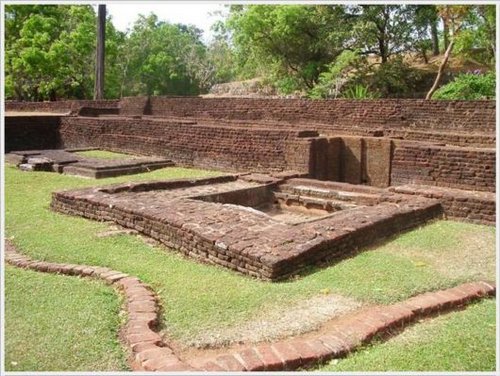
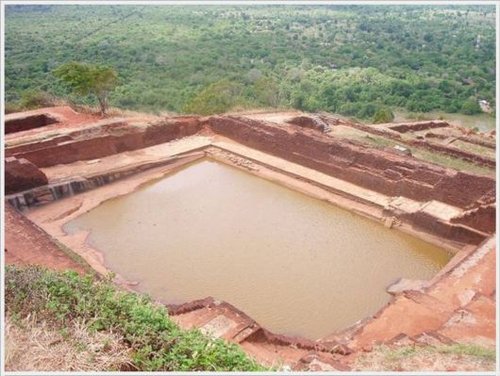





Join Us
Labels:
International
Subscribe to:
Comments (Atom)
